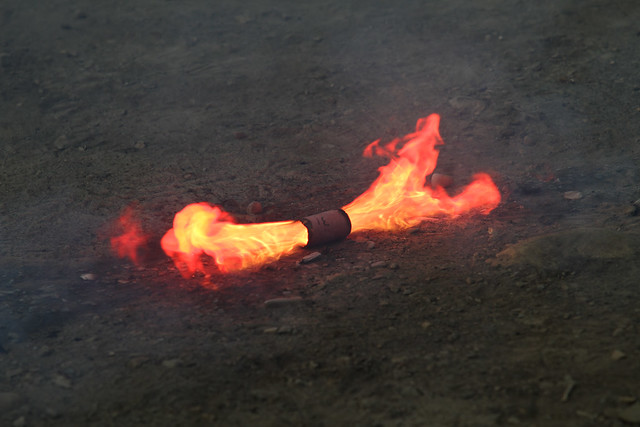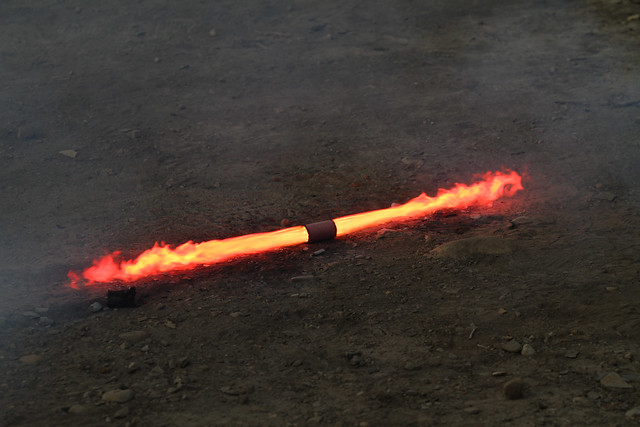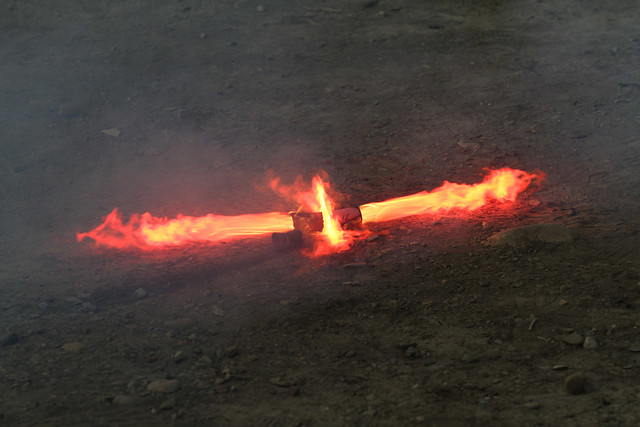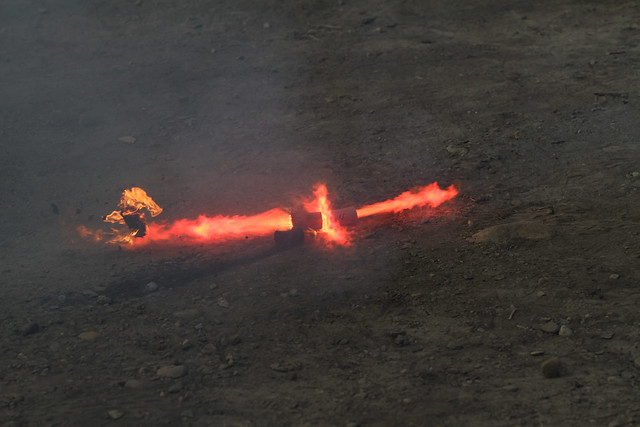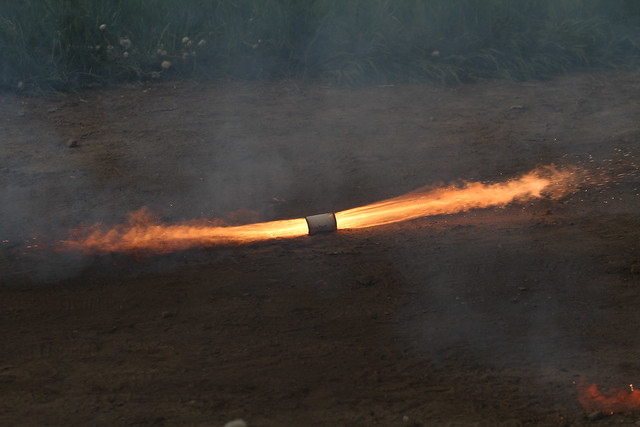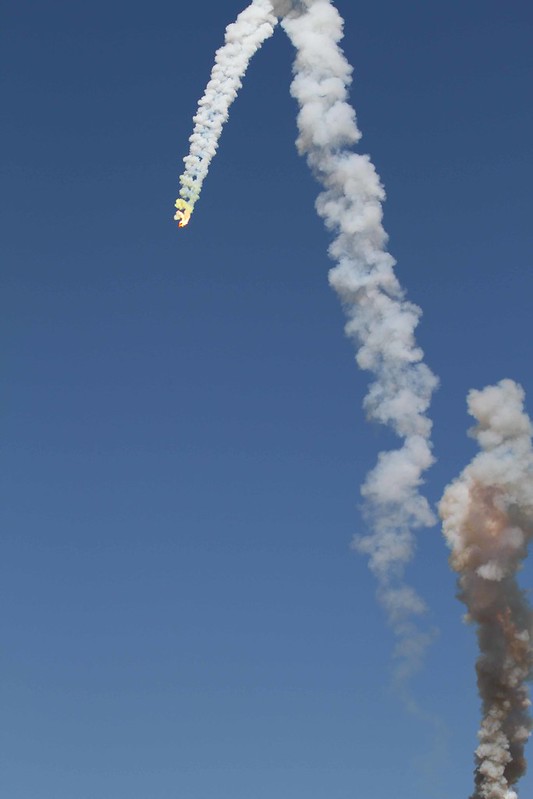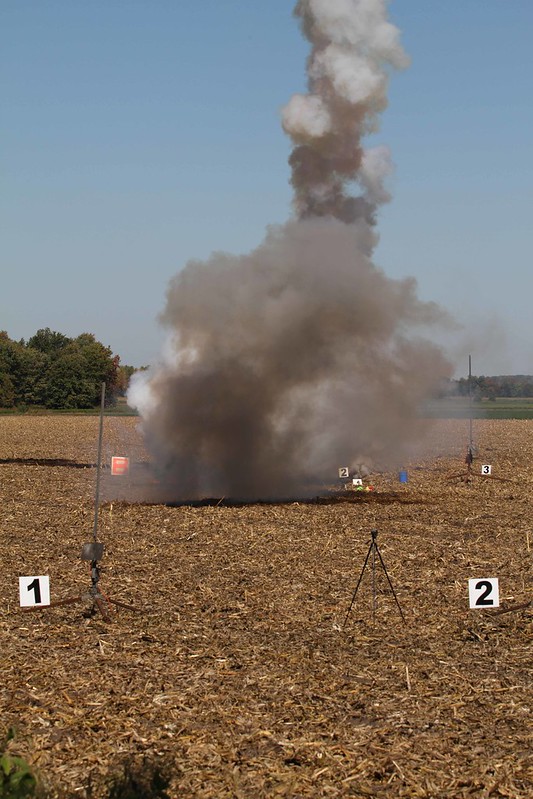watermelonman
Well-Known Member
- Joined
- Sep 22, 2014
- Messages
- 2,597
- Reaction score
- 10
Does lit AP continue burning if moved underwater?
Once wet, will it burn after drying? If so would the rate or efficiency change?
Once wet, will it burn after drying? If so would the rate or efficiency change?




